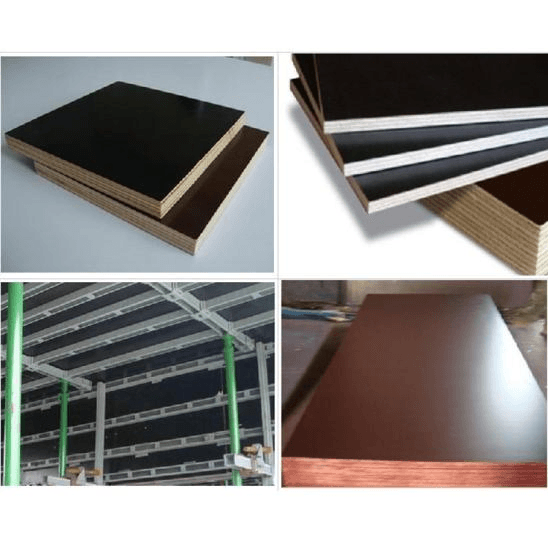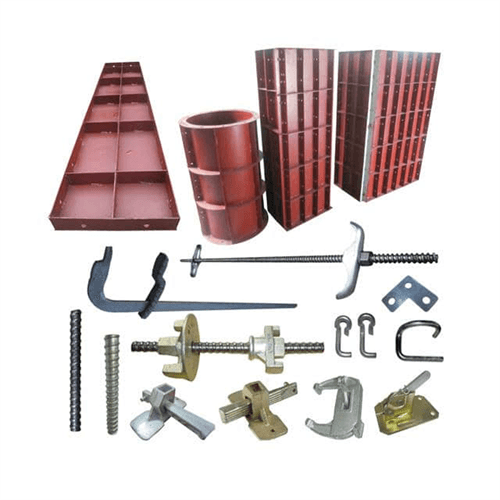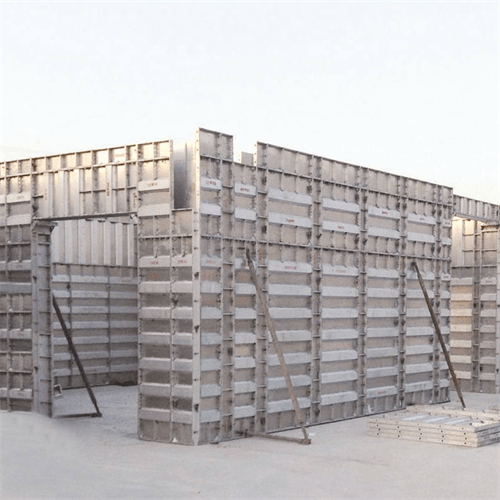Types of Formwork for Construction: Building Strong Foundations
Jul 13, 2023Are you planning to construct a building or any other structure? Then, formwork is an essential component that you must consider. Formwork is a transitory framework that provides support and confinement for concrete during its curing phase, allowing it to gain stability on its own. It serves as a vital component in the construction procedure, aiding in the formation of the structure and the attainment of the desired measurements and surface qualities. In this article, we discuss the types of formwork commonly used in the construction industry.
Formwork is crucial for the success of a construction project. It plays a vital role in shaping the concrete structure and providing the necessary support until it gains strength. Different types of formwork systems are available in the market, depending on the project requirements, budget, and construction methodology. In this article, we will explore the Types of Formwork for construction that are widely used in the industry.
Here are some form work types for construction that are commonly used:
Let's dive into each type of formwork in detail:
 |
Timber plywood formwork is the most traditional shuttering types used in the construction industry. It is made up of timber or plywood, and it is easy to use and handle. It is the most affordable option among all the formwork systems and is suitable for small construction projects. However, wooden shuttering is not suitable for high-rise buildings or large-scale projects due to its low durability and strength. |
|
Construction concrete steel formwork is a durable and robust formwork system that is suitable for high-rise buildings and large-scale construction projects. It is made up of steel sheets and angle iron, which makes it reusable and sturdy. Steel formwork is easy to assemble and disassemble, which makes it a cost-effective option in the long run. However, steel formwork is heavy, and its transportation and handling can be challenging. Steel formwork is divided into flat steel formwork, square column steel formwork and round steel formwork according to shape. |
 |
| Aluminum construction formwork is a lightweight and durable formwork system that is commonly used in the construction industry. It is made up of aluminum panels and beams, which makes it easy to handle and transport. Aluminum formwork is suitable for high-rise buildings and large-scale projects due to its durability and strength. However, aluminum formwork is expensive compared to other formwork systems. |  |
 |
Plastic concrete formwork system is a relatively new formwork system that is gaining popularity in the construction industry. It is made up of lightweight and durable plastic panels that are easy to handle and transport. Plastic formwork is suitable for small construction projects and is an eco-friendly option as it is made up of recyclable materials. However, plastic formwork is not suitable for large-scale projects as it lacks the necessary strength and durability. Plastic formwork can be made of PVC or ABS and can be used to make walls or columns. |
| Fabric formwork is a unique formwork system that is gaining popularity in the construction industry. It is made up of a fabric that is impregnated with a cementitious mixture. Fabric formwork is suitable for curved or irregular shapes, and it is easy to use and handle. Fabric formwork is an eco-friendly option as it reduces the carbon footprint of the construction process. However, fabric formwork is not suitable for high-rise buildings or large-scale projects due to its low strength and durability. |  |
Formwork is an essential component of the construction process that helps in shaping the concrete structure and providing the necessary support until it gains strength. Different types of formwork systems are available in the market, and each has its advantages and disadvantages. The choice of formwork system depends on the project requirements, budget, and construction methodology. In this article, we discuss the types of formwork for construction, which include timber formwork, steel formwork, aluminum formwork, plastic formwork, and fabric formwork. By gaining a comprehensive understanding of the benefits and drawbacks of each formwork type, you can make a well-informed choice and select the optimal solution for your construction project.
How To Build Formwork --- BUNNING
How To Build Basic Concrete Forms --- HOMEDEPOT
Typical Formwork System For A High Rise Building --- YOUTUBE